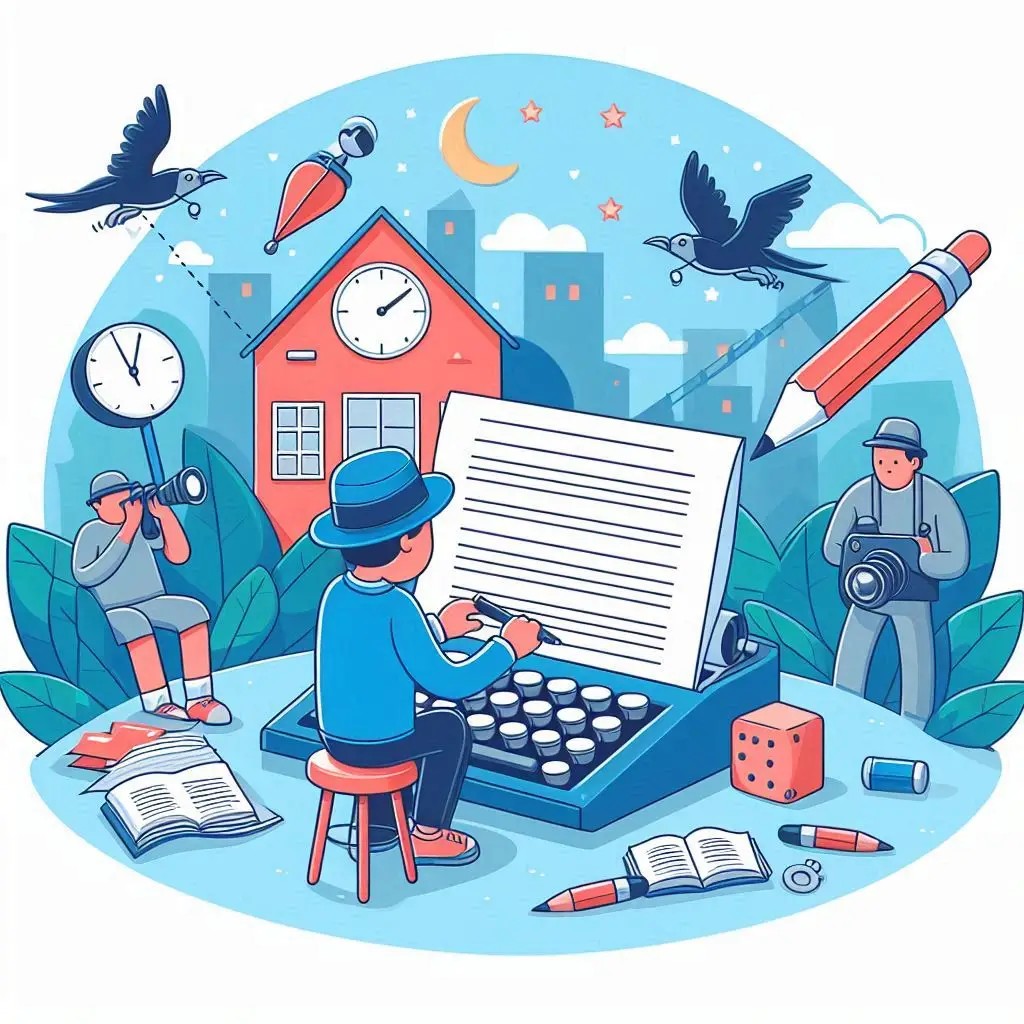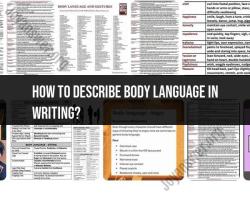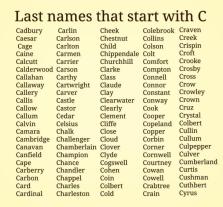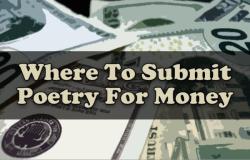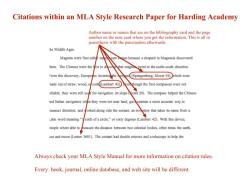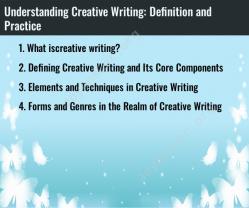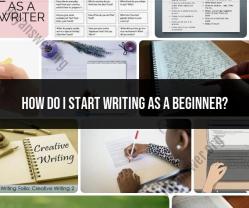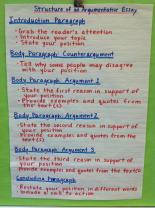How to write a plot for a short story?
Writing a plot for a short story is like packing an entire adventure into a carry-on bag — you have limited space, so every word counts. Here’s a step-by-step way to make sure your story feels complete without feeling rushed:
1. Start with the Core Idea
Ask yourself:
What is the main conflict or problem?
Why will readers care?
What message or feeling do I want to leave them with?
Example: A shy baker must deliver a cake to her childhood crush before the storm ruins it.
2. Focus on a Single Central Conflict
Short stories work best when they center on one major event or decision — not an entire epic saga.
Keep the stakes high but simple.
Avoid too many subplots.
3. Outline the Basic Structure
You can use the Five-Beat Structure for a short story:
Hook / Setup – Introduce the character, setting, and a hint of the problem.
Inciting Incident – Something disrupts normal life.
Rising Action – The character tries to solve the problem, facing obstacles.
Climax – The biggest moment of tension; a decision or turning point.
Resolution – Show how the events changed the character or situation.
4. Keep Your Cast & Setting Minimal
With limited word count, focus on:
1–3 main characters.
1–2 primary locations.
This lets you spend more time on emotion, action, and atmosphere.
5. Show, Don’t Just Tell
Use small, vivid details instead of long explanations.
Instead of: “She was nervous,”
try: “Her fingers trembled, smudging the icing on the cake.”
6. End with Impact
A short story often leaves a punch at the end:
A twist
A powerful image
An emotional revelation
A sense of lingering mystery
7. Revise Ruthlessly
Ask:
Does every scene push the plot forward?
Can I remove this sentence without losing meaning?
Is the ending satisfying but not overly explained?
Here’s a super simple fill-in-the-blank short story plot template you can use right away:
Title: _________________________
Main Character: _________________________ (a person/animal/etc.)
Setting: _________________________ (where & when the story takes place)
1. Hook / Setup
[Main character] was living a normal life in [setting] until [something unusual happens].
2. Inciting Incident
Because of this, [main character] had to [goal or task they must complete] before [deadline or consequence].
3. Rising Action
Along the way, they faced [obstacle 1], [obstacle 2], and [unexpected twist].
4. Climax
At the most critical moment, [main character] decided to [big decision or action] even though [risk or cost].
5. Resolution
In the end, [main character] [what happened after the climax], and they realized [lesson, change, or final thought].
Example (filled in quickly):
Main Character: A shy baker
Setting: A small coastal town during a storm
Hook: Sarah was busy frosting cupcakes in her bakery until a sudden lightning strike cut the power.
Inciting Incident: She had to deliver a wedding cake to her childhood crush before the storm washed out the only bridge.
Rising Action: She slipped on wet cobblestones, ran into a lost tourist, and discovered the bridge was already flooded.
Climax: She decided to carry the cake through waist-deep water, risking ruining it and her dress.
Resolution: She arrived soaked but smiling, and realized she was braver than she ever believed.
Creating a compelling plot for a short story involves structuring a sequence of events that builds tension, develops characters, and leads to a meaningful conclusion. A good plot keeps readers engaged by presenting a central conflict and guiding them through its resolution in a concise, impactful way.
How to Write a Plot for a Short Story?
To write a plot for a short story, start with a core idea and then build it out using a plot structure. A common and effective structure is the three-act structure:
Act I: The Setup. Introduce your protagonist, their world, and the initial situation. The key event here is the inciting incident, which disrupts the protagonist's normal life and sets the story in motion.
Act II: The Confrontation. This is the longest part of the story. The protagonist faces a series of challenges and obstacles as they try to achieve their goal or solve the problem introduced in Act I. The stakes should continue to rise, leading to the climax, the moment of highest tension.
Act III: The Resolution. Following the climax, the story quickly wraps up. The falling action shows the immediate consequences of the climax, and the resolution or denouement shows the new normal for the protagonist, answering any remaining questions and providing a sense of closure.
What Are the Elements of a Good Plot?
A good plot is built on several key elements that work together to tell a complete story:
Exposition: The introduction of the characters, setting, and basic situation.
Inciting Incident: The event that kickstarts the main conflict.
Rising Action: A series of events that build tension and develop the central conflict.
Climax: The turning point of the story, where the main conflict comes to a head.
Falling Action: The events that immediately follow the climax, leading to the resolution.
Resolution: The conclusion where the main conflict is resolved, and the story ends.
How to Develop Conflict and Resolution in Short Stories?
Conflict is the heart of any plot, and in short stories, it must be introduced and resolved efficiently.
Developing Conflict: Start with a central conflict that is clear and compelling. This conflict can be internal (a character battling their own fears) or external (a character vs. another character, nature, or society). Introduce the conflict early, usually with the inciting incident, and escalate the stakes quickly. A short story doesn't have much time for subplots, so keep the conflict focused on the main character's journey.
Developing Resolution: The resolution should be a direct result of the climax. It should feel earned, not arbitrary. The resolution should provide a sense of closure by showing how the protagonist has changed or what they've learned from their experience. Avoid "deus ex machina" resolutions, where an outside force suddenly saves the day.
What Tips Help Structure a Short Story Plot?
Start with a Character and a Goal: What does your protagonist want, and what's stopping them from getting it? This forms the basis of your conflict and plot.
Limit Your Scope: Short stories often focus on a single event, character, or theme. Don't try to cram too much into one story.
Create an Outline: Even a simple outline can help you organize your ideas and ensure your plot has a clear beginning, middle, and end.
Use a Character Arc: Your protagonist should change or learn something by the end of the story. This change provides a sense of meaning and purpose to the plot.
How to Keep Readers Engaged with Your Plot?
Hook Them Early: Start with an intriguing situation or question that makes the reader want to know more. The inciting incident should happen early on.
Raise the Stakes: As the story progresses, make the consequences of failure more significant. This keeps the tension high.
Show, Don't Tell: Instead of telling the reader that your character is afraid, describe their shaking hands and racing heart. This makes the emotional journey more vivid and engaging.
Pace Your Story: Vary the pace by alternating between fast-paced action and slower, more reflective moments. This prevents the plot from feeling monotonous.
Craft a Satisfying Ending: The resolution doesn't have to be happy, but it should feel like a logical and meaningful conclusion to the story's events.
